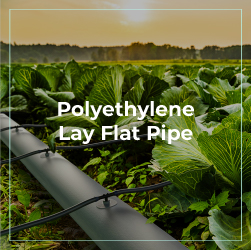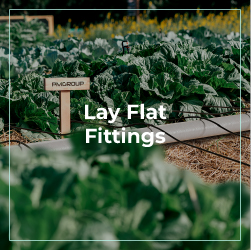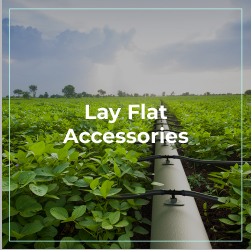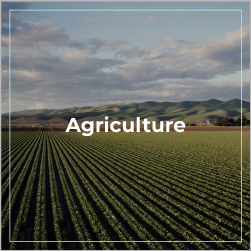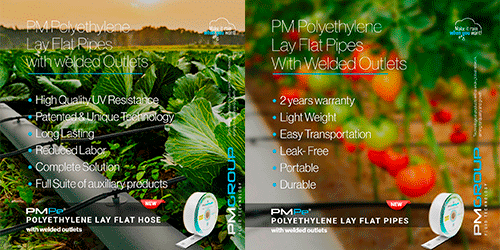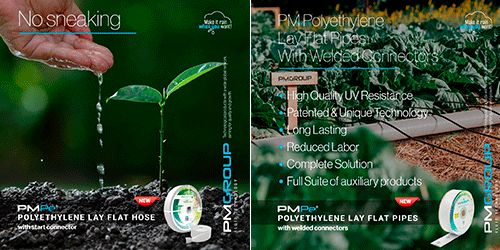Drip irrigation stands out as a highly efficient method of delivering water directly to the roots of plants, minimizing water wastage and maximizing crop yields. This technique involves the slow, steady application of water directly to the soil surface or directly into the root zone through a network of tubes and emitters. Drip irrigation systems are designed to provide water precisely where it is needed, thereby reducing evaporation and runoff compared to traditional irrigation methods.
Advantages
- Water Conservation: By delivering water directly to the roots, drip irrigation significantly reduces water loss due to evaporation and surface runoff, conserving this precious resource.
- Improved Crop Yield and Quality: Plants receive a consistent supply of water and nutrients, promoting healthier growth and potentially higher yields with better quality produce.
- Energy Efficiency: Drip irrigation systems typically require lower water pressure compared to sprinkler systems, resulting in reduced energy consumption, especially when powered by pumps.
- Weed and Disease Control: Targeted watering helps minimize weed growth since only the desired plants receive water, and foliage remains dry, reducing the risk of fungal diseases.
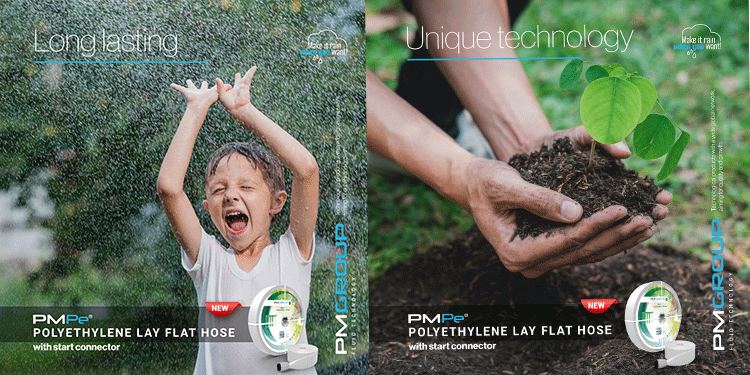
Components
A typical drip irrigation setup includes:
- Emitters: Devices that control the flow rate of water and distribute it uniformly to the plants.
- Tubing: Flexible pipes that carry water from the water source to the emitters.
- Filters: Screens that prevent clogging of emitters by filtering out sediment and debris from the water.
- Pressure Regulators: Maintain consistent water pressure within the system to ensure uniform water distribution.
Drip Irrigation
To enhance visibility in search engines, incorporating relevant keywords is essential:
- Drip Irrigation System
- Benefits of Drip Irrigation
- Drip Irrigation Installation
- Drip Irrigation Supplies
- Drip Irrigation Design
- Water-efficient Agriculture
- Precision Irrigation
Represents a sustainable and efficient approach to agricultural water management, aligning with global efforts towards resource conservation and environmental sustainability. Farmers and growers worldwide are increasingly adopting drip irrigation systems to enhance crop productivity while reducing water usage and operational costs. By investing agriculture can become more resilient to water scarcity and climate variability, ensuring food security for future generations.

